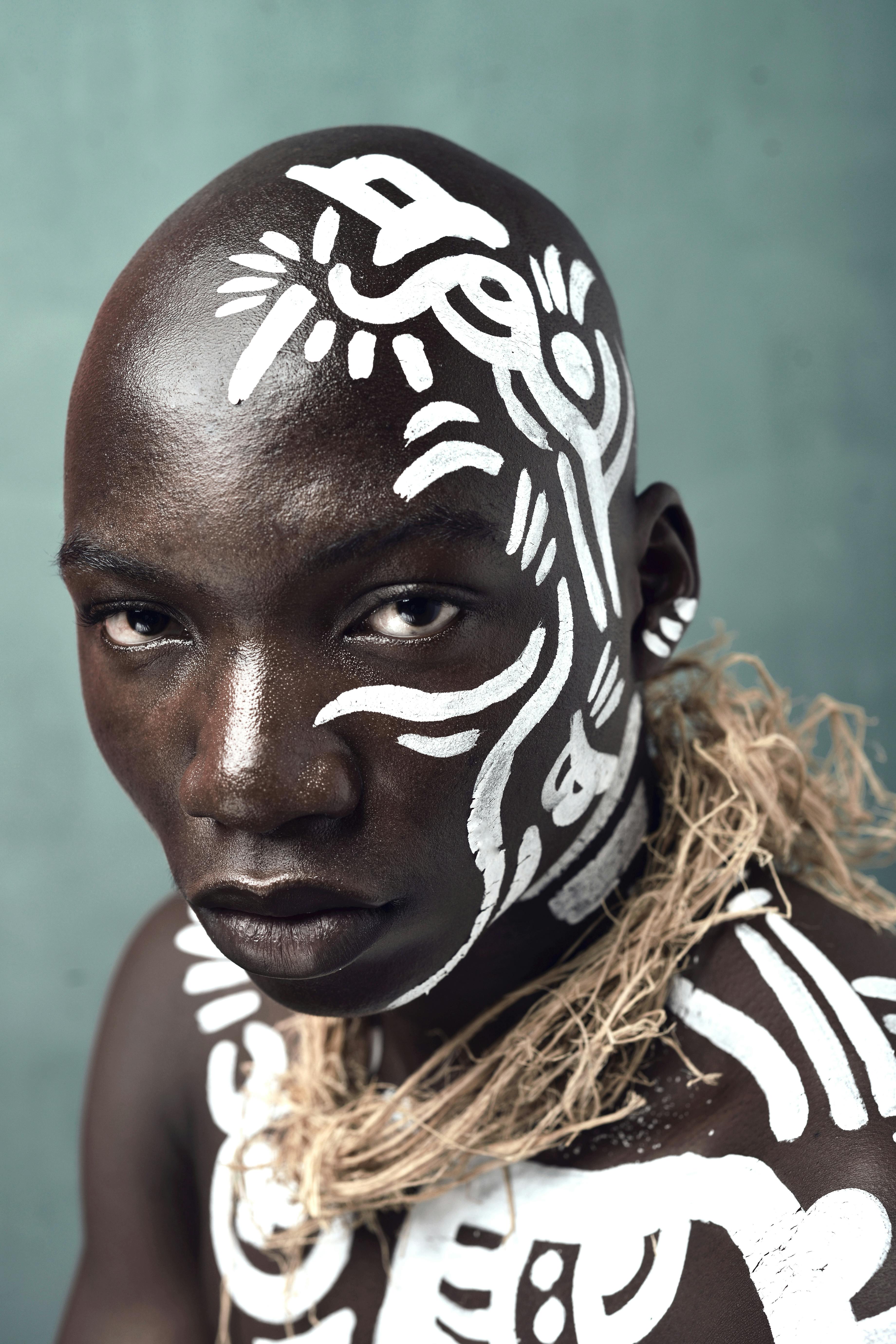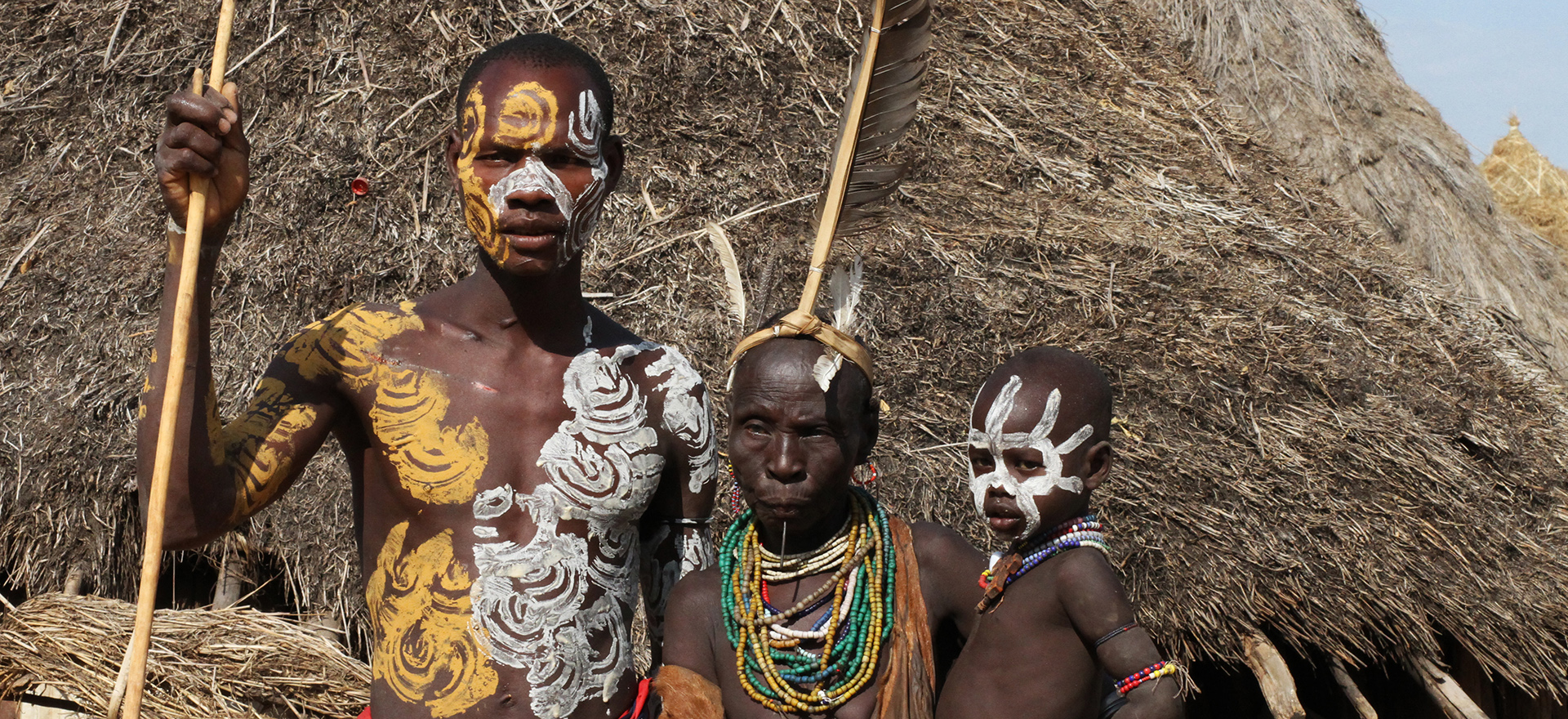
For Maasai babies, however, names are so important that they are bestowed by village elders soon after birth. In all African societies, childhood is a time for learning responsibilities and skills that enable children to contribute to their communities. The Wodaabe of Niger do not name a child before its 12th birthday so that he or she cannot be identified by the spirit of death. The Himba of Namibia never leave a baby on its own or even put it down, lest the child be stolen away by some malevolent spirit. Because infant mortality remains high, the people of many African cultures are extremenly superstitious during the first few year of a child's life, and carry out rituals to protect it from hazards. Many different ceremonies are performed to reinforce these connections, and to prepare children to become the custodians of the culture of their people. ~ Robert Morton, editor, exhibition catalog “Passages”įrom the moment of birth, an African child is connected to family, community and the ancestors. It is fortunate indeed for us that they have done so, for many of these rites are dying out or becoming altered as Africa assimiliates the habits and products of other parts of the world.” Their aim has been to document as fully and artistically as possible the traditional rituals that persist more or less unchanged, even in the modern world. But they have left the modern world to photojournalists. “Beckwith and Fisher know very well that much of Africa has come fully into the twenty-first century. It is an exhibit that both preserves and presents the power, complexity and celebration found within the rituals of African tribal life. This, combined with Beckwith and Fisher’s extraordinary photographic skills, creates an intimate portrayal of ceremonies long held secret that might have never been recorded.


These images are the result of a long, enduring and deeply respectful relationship with tribal peoples. Carol Beckwith and Angela Fisher pay homage to the rituals that mark every important occasion in tribal life - birth, initiation, courtship, marriage, royal coronations, seasonal rituals, healing exorcisms, and death. This powerful exhibit of African tribal ceremonies reflects 30 years of commitment to preserving the endangered cultures and peoples of 90 tribes across Africa.


 0 kommentar(er)
0 kommentar(er)
